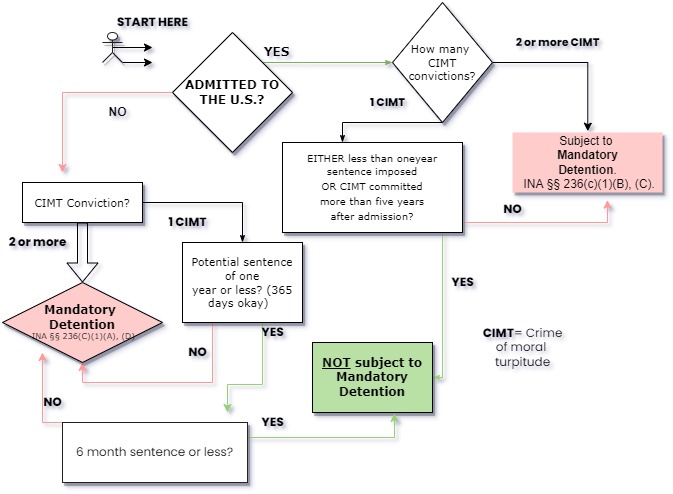CBP Eliminates Protections for Pregnant Women, Infants, and Elderly
On May 5, 2025, the U.S. Customs and Border Protection (CBP) has issued a memo revoking protections for pregnant women, infants, elderly individuals, and individuals with serious medical conditions. CBP had policies in place for these most vulnerable members of our society to ensure their safety and dignity. The policies included commonsense provisions for providing … Read more



